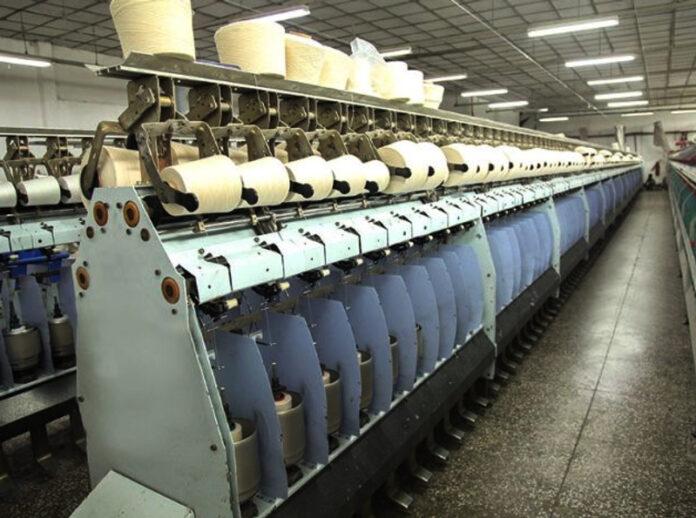
More or less 15 textile dyeing and printing mills in Surat have shut down, unable to survive due to high costs and short supply of lignite coal and imported coal, on account of the Russia-Ukraine war and low production from mines in Gujarat.
According to South Gujarat Textile Processing Association (SGTPA) president Jitu Vakhariya, the association has made a request to the GMDC (Gujarat Mi-neral Development Corporation) authorities to raise the supply and reduce the prices of lignite coal.
A dyeing and printing mill owner who has been in the business for 25 years and runs three mills — two in Pandesara GIDC and one in Sachin GIDC, said “I have seen ups and down earlier also but this time it has become difficult for us to survive. I have shut down one of my mills in Pandesara area as there is no major demand in the market. This year, the Diwali festival sale also was not good.”
Adding that prices of lignite, imported coal, colours and chemicals have gone up, a mill owner said, “We could not manage to run all three mills so we shut down one. We also have to pay power bills, water charges and salaries. We are not getting good orders from the market. However, we have not laid off any employees… we distributed the employees into the two running mills and a few were taken by other mills.”
Surat is known as the country’s textile city from where products are sold to various parts of the country. Every day over 4 crore metres of textile cloth is produced in Surat that passes through different processes of dyeing, printing and packaging, says Vakhariya. There are around 350 textile dyeing and printing mills in Surat that employ lakhs of migrant labourers.
According to Vakhariya, the industry gets lignite from GMDC mines at Rajpardi in Bharuch district and mines at Tadkeshwar in Surat district. “The price of lignite from Rajpardi was Rs 2,718 per tonne on March 16, 2021, which now is Rs 3,842 per tonne. Similarly, the lignite price of Tadkeshwar mines has gone up from Rs 2,137 per tonne to Rs 5,503 per tonne. Lignite price hike has affected the production cost of textile fabric at large as it constitutes around 25 per cent of the production cost to the industry. The GMDC has reduced supply to the industries, showing different reasons.”
Roopwant Singh, GMDC managing director said, “This time, due to extremely intense monsoon, the average allocation of 40 per cent of approved capacity (of lignite) went gone down to 20 percent.”
Vakhariya added that due to Russia invading Ukraine, the cost of imported coal also shot up to Rs 8,000-Rs 9,000 per tonne in December this year from Rs 5,400 in June last year.
Vakhariya added “We get imported coal from Indonesia and the middlemen have been increasing the prices. The industry consumes 80 per cent of imported coal and 20 per cent of lignite in the boiler depending on the quality of textile products and type of boiler. The Gross Calorific value (GCV) of lignite coal is 3,000 to 3,200, while gross calorific value of imported is between 5,500 and 6,000.”
Lignite and imported coal in the boiler are to generate steam for fixing the colour and chemicals in the fabric.
With the rise in prices, several dyeing and printing mills reduced production over the past three months, Vakhariya said, adding, “Fifteen such textile mills shut down after being sealed by bank authorities as the owners could not pay the loan amount… There is no major demand of textile goods in the market also.”











